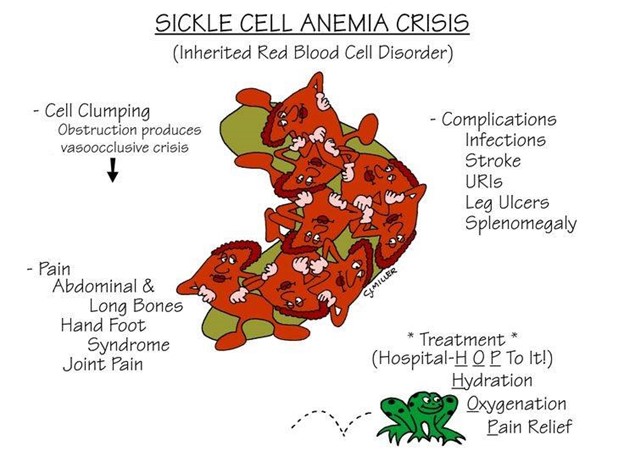A nurse is caring for a 2-month-old infant who is postoperative following surgical repair of a cleft lip. Which of the following actions should the nurse take?
Encourage the parents to rock the infant.
Administer ibuprofen as needed for pain.
Position the infant on her abdomen.
Offer the infant a pacifier
The Correct Answer is A
Correct answer: A
A. Encourage the parents to rock the infant: Rocking provides comfort and soothing for the infant. It helps reduce anxiety and promotes relaxation during the immediate postoperative period
B. Administer ibuprofen as needed for pain: Administering ibuprofen as needed for pain is not typically recommended for infants under 6 months of age without specific instructions from the healthcare provider. Ibuprofen is generally avoided in young infants due to potential risks of adverse effects, especially in the immediate postoperative period
C. Position the infant on her abdomen: After cleft lip repair surgery, it is generally recommended to position the infant on her back to prevent any pressure on the surgical site and to minimize the risk of infection. Placing the infant on her abdomen may interfere with the healing process and increase the risk of complications.
D. Offer the infant a pacifier.
Avoid the use of oral suction or placing objects in the mouth such as a tongue depressor, thermometer, straws, spoons, forks, or pacifiers.
Nursing Test Bank
Naxlex Comprehensive Predictor Exams
Related Questions
Correct Answer is C
Explanation
Consuming a large amount of milk, such as a quart a day, can lead to iron deficiency anemia in toddlers. Milk is a poor source of iron, and excessive milk intake can displace other iron-rich foods from the toddler's diet.
Iron deficiency anemia occurs when the body lacks sufficient iron to produce enough hemoglobin, which is essential for oxygen transport in the blood. Toddlers are particularly vulnerable to iron deficiency anemia because they have increased iron needs for growth and development.
Option A (Obesity) and option B (Diabetes mellitus) are not directly related to the toddler's milk consumption. Obesity may be a concern if the child consumes excessive calories overall, but it is not specifically associated with milk intake. Similarly, diabetes mellitus is not directly related to milk consumption.
Option D (Rickets) is caused by a deficiency of vitamin D, not iron. Rickets results in weakened and deformed bones, and it is usually associated with inadequate sunlight exposure and insufficient dietary vitamin D. While milk is often fortified with vitamin D, excessive milk intake can displace other vitamin D sources in the diet and contribute to an increased risk of rickets, but the primary concern with excessive milk intake is iron deficiency anemia.
Correct Answer is B
Explanation
During a sickle cell crisis, the child experiences severe pain due to the sickled red blood cells blocking blood flow in the vessels, leading to tissue ischemia and infarction. Pain is the hallmark symptom of sickle cell crisis and can occur in various parts of the body, such as the abdomen, chest, back, joints, and extremities.

A. Constipation is not a common symptom of sickle cell crisis. It may be associated with other conditions but is not directly related to sickle cell crisis.
C. High fever is not a typical finding in sickle cell crisis. Fever may occur due to infections, which individuals with sickle cell disease are at increased risk of developing, but it is not a direct symptom of the crisis itself.
D. Bradycardia (slow heart rate) is not commonly associated with sickle cell crisis. Tachycardia (rapid heart rate) may occur in response to pain, but bradycardia is not a typical finding.
Whether you are a student looking to ace your exams or a practicing nurse seeking to enhance your expertise , our nursing education contents will empower you with the confidence and competence to make a difference in the lives of patients and become a respected leader in the healthcare field.
Visit Naxlex, invest in your future and unlock endless possibilities with our unparalleled nursing education contents today
Report Wrong Answer on the Current Question
Do you disagree with the answer? If yes, what is your expected answer? Explain.
Kindly be descriptive with the issue you are facing.
